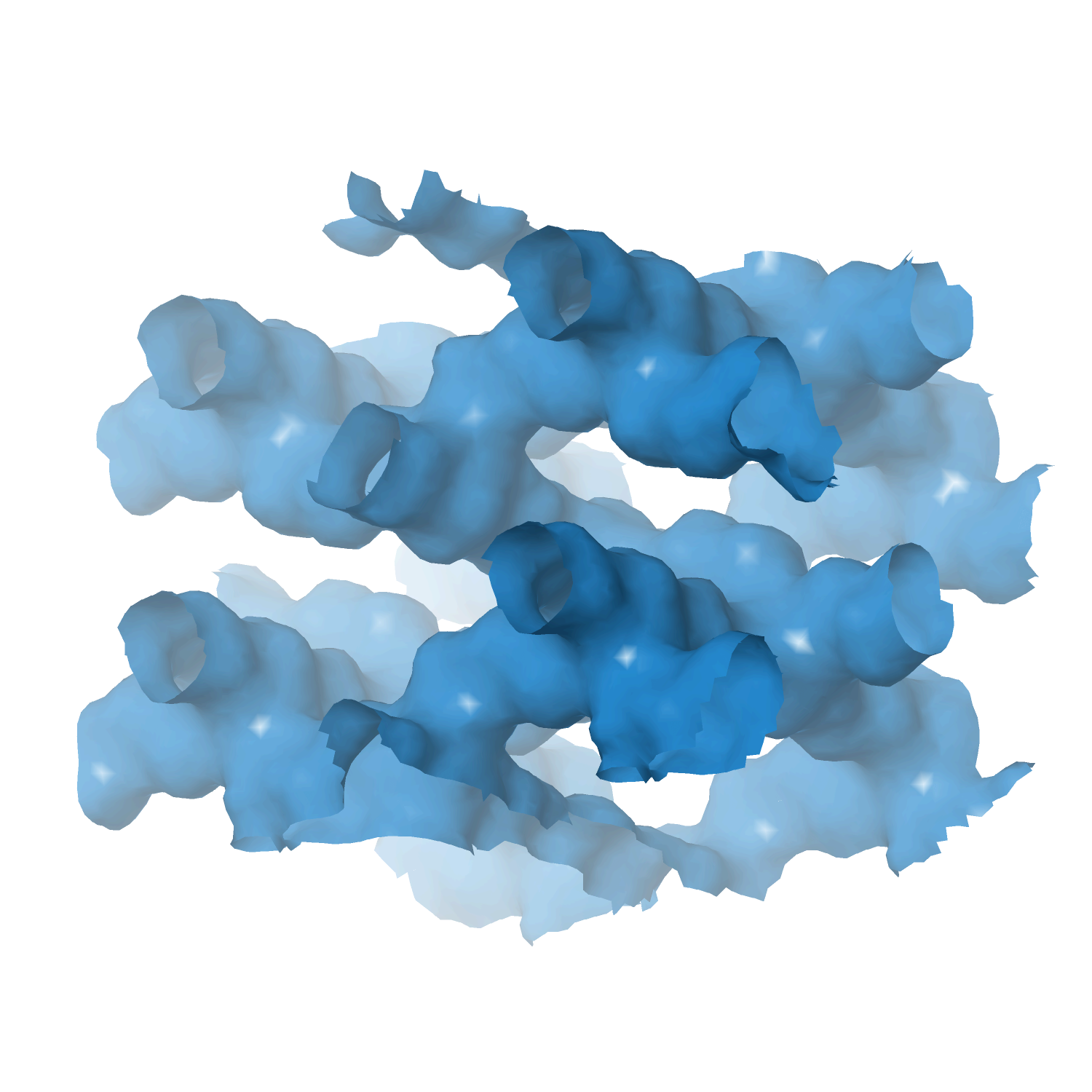Heterogeneous catalyst engineering ⇒ from stable and deactivation resistant to viable technical catalyst
Advances in heterogeneous catalyst “structure” are driven to improve their “function” or performance, i.e., activity, selectivity, and stability. Cooperative research is required to understand the structure and function relationships: developing new synthesis protocols for heterogeneous catalysts with unique surface properties, defined porosity, identification and understanding of catalytically active sites, reaction mechanisms, and finally, prediction and analysis of the processes using various computational tools.
Our group focuses on developing new catalyst formulations using innovative synthesis routes for various important heterogeneous catalysts. That includes thermal, electro, and bio-electro catalysis.
The active phase cannot be used directly in its final application or reactor for various reasons, including poor mechanical resistance, heat or mass transport, and fluidization features. We must mix the active phase with other ingredients in a matrix of binder and filler, while we shape it into a technical catalyst. We investigate new synthetic protocols for technical catalysis using spray drying and fluidized beds to cover the whole range of sizes. At the same time, we incorporate additional (unconventional) ingredients such as SiC to improve some features even further.
- Technical catalyst I ⇒ spray drying and extrusion
- Technical catalyst II ⇒ spray fluidized bed reactor
- Technical catalyst III ⇒ electrospinning
- Zeolite catalysts ⇒ with defined structure/porosity
- Multi-metal (high entropy) alloy catalysts
- MXene catalysts ⇒ single and multi-dimensional
- Perovskite catalysts
- Metal-organic framework (MOFs) catalysts
- Supported metal/metal-oxide catalysts
- Aerogel catalyst
Intrinsic microkinetic effects of spray-drying and SiC co-support on Mn–Na₂WO₄/SiO₂ catalysts used in oxidative coupling of methane
by
Lezcano, Kulkarni, Velisoju, Realpe, Castaño
React. Chem. Eng.
Year:
2025
DOI:
https://doi.org/10.1039/D4RE00403E
Abstract
This paper presents a microkinetic model to evaluate the effects of a silicon carbide (SiC) co-support and the shaping method on Mn–Na2WO4/SiO2 catalysts used for the oxidative coupling of methane. The model considers mass transfer, catalytic, and gas-phase kinetics, and it is trained with experimental values (product composition) of three Mn–Na2WO4 catalysts for calculating the kinetic parameters using catalytic descriptors while maintaining thermodynamic consistency. The catalysts were an SiO2-supported catalyst prepared through impregnation and two SiO2–SiC-supported catalysts (with βSiC and α + βSiC) prepared via spray-drying. Our analysis shows how the type of SiC and preparation method affect the textural properties and result in distinct CH3˙ radical oxidation, HO2˙ quenching, C2H4 oxidation, and COX transformation pathways, eventually leading to CH4 conversion and C2 selectivity. Our approach facilitates the assessment of the effects of the promoter and support on individual and global reaction networks.
Keywords
MKM
HCE
CHA
